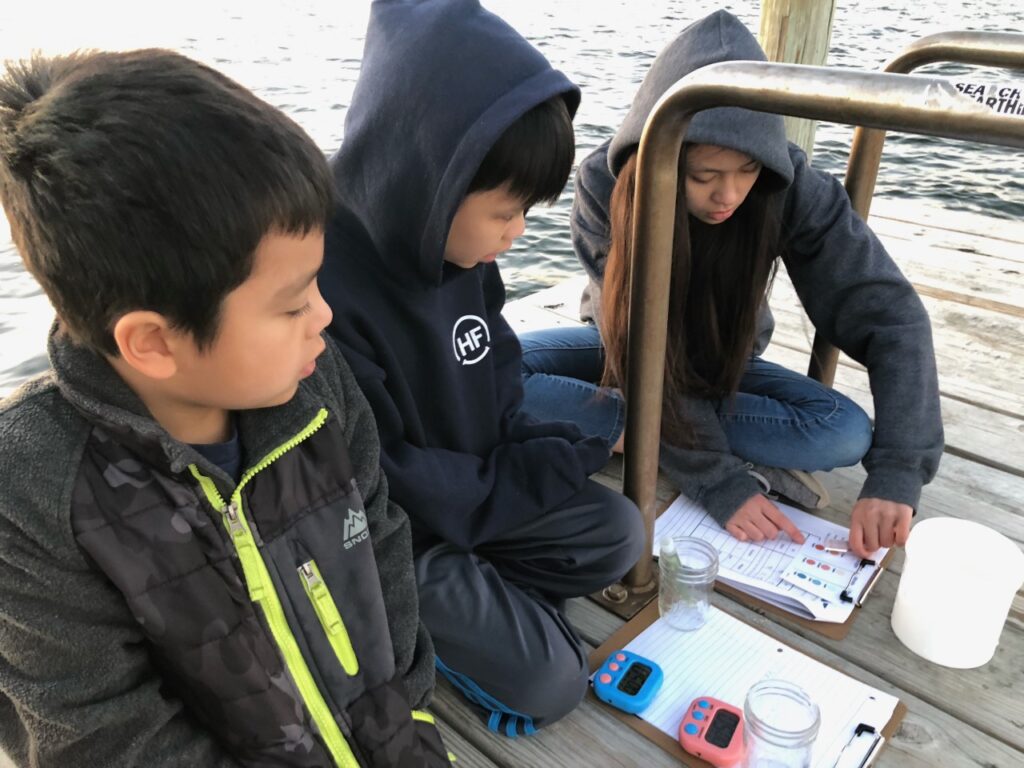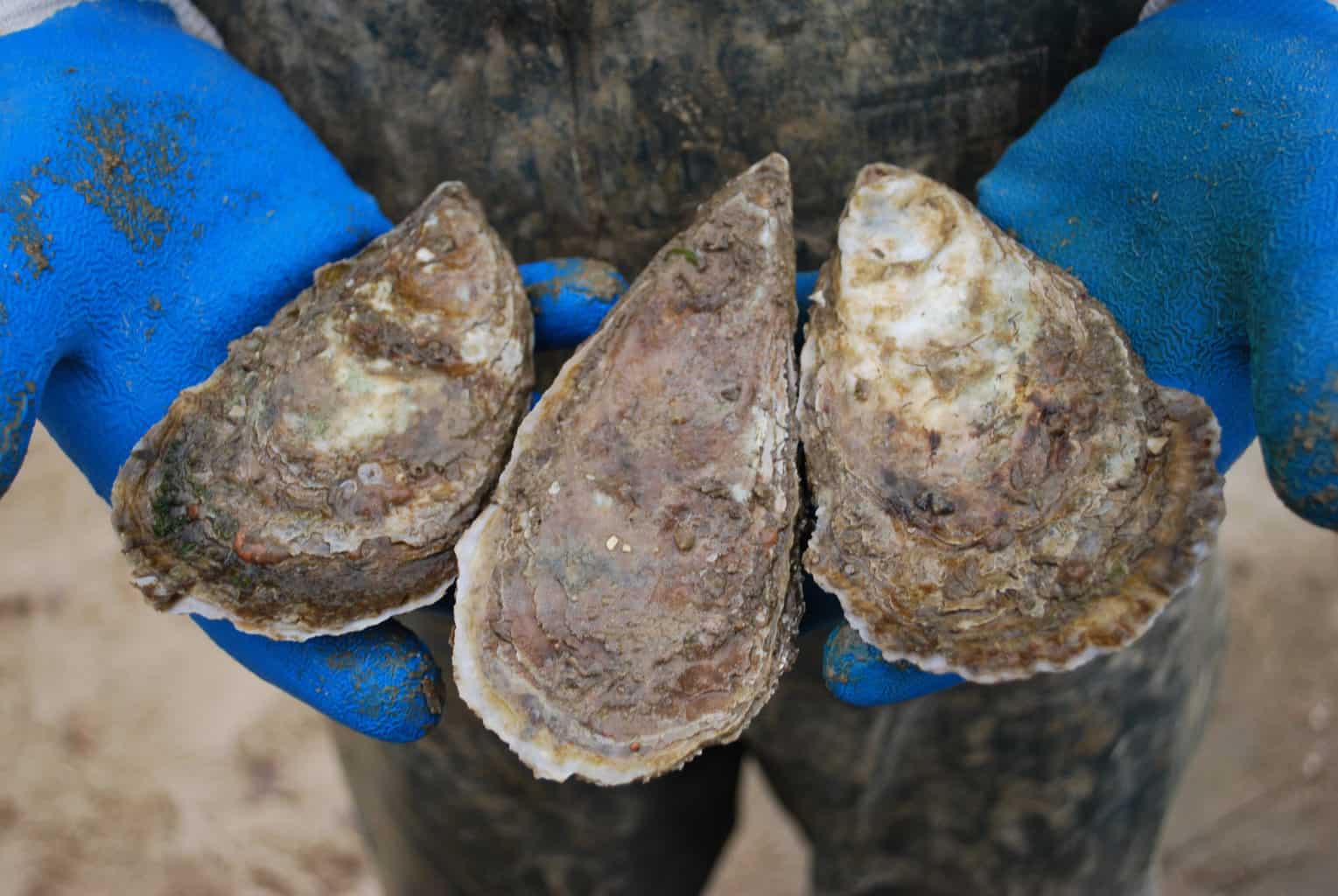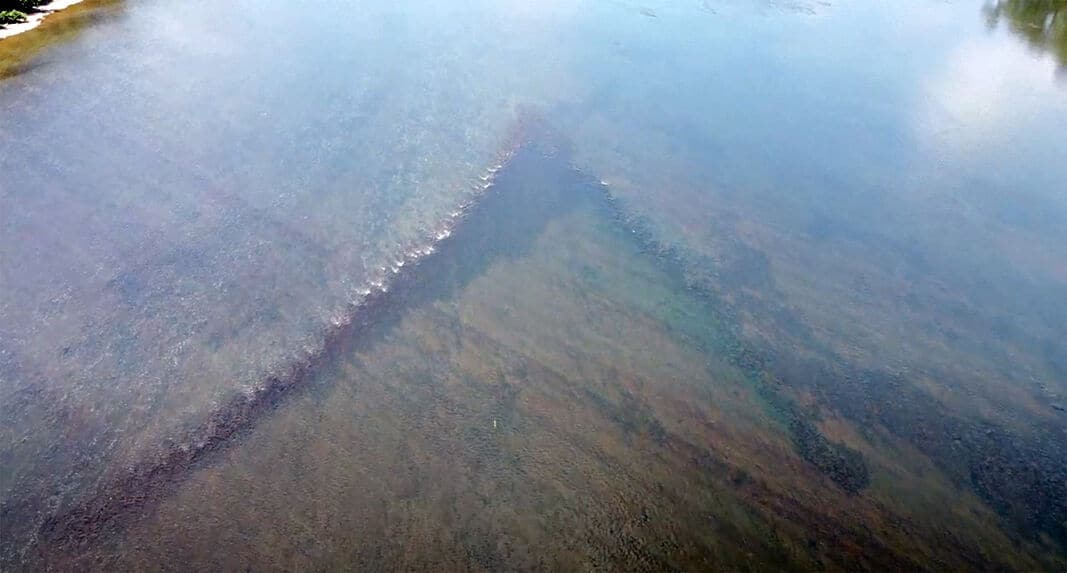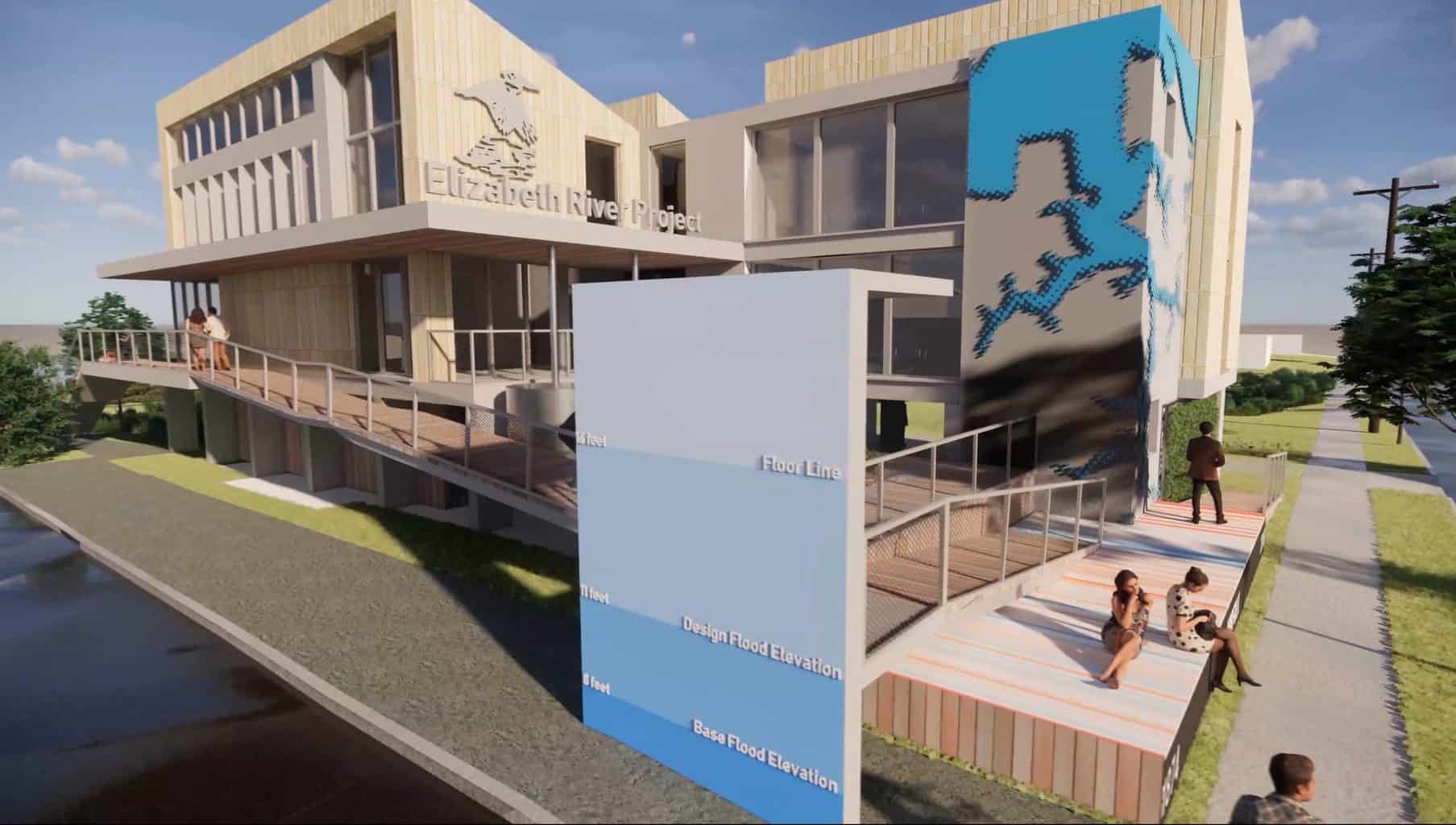The Elizabeth River Project (ERP) and local schools have created a fantastic program to get students involved in the health of our local waterways. Youth Water Monitors ages 8-17, from grades 3 through 10, take water samples that help track the health of the waterways, and hopefully give notice to rising problems.
Their research isn’t just a school assignment, it’s used in the real world. Results end up on the Elizabeth River Project’s website for the public to see.
The monitors check pH, bacteria, nitrates and phosphates, oxygen, temperature, turbidity, and salinity. The pH of a healthy river is between 7 and 8. Most of the bacteria comes from pet and wild animal waste. The simplest way humans can reduce bacteria contamination is to pick up pet waste. As for oxygen, 4 parts per million and above is what the fish and crabs prefer. Nitrates and phosphates come from fertilizers. Results show the water quality is improving, but there is plenty of room for more improvement.
“Right now, we are preparing for our spring session, said Hailey Lauritsen, environmental educator at ERP. “We have a lot of interest, so I expect that the 15 slots will fill,” she said.
Participants come from a variety of local schools. Most are from Norfolk, Portsmouth, and Chesapeake. Some participants are home schooled. Youth monitors who don’t have water access are directed to public access locations.
For the most part, the results so far have been as the experts expected, which shows students the cause and effect of different conditions. “There haven’t been any startling results,” said Lauritsen. “We are happy to see kids make connections between the weather and their results, such as high precipitation leading to higher nitrates and phosphates due to runoff.”
Brittany Cantada, whose home-schooled children participated in the program for eight weeks in 2023, had nothing but praise for the program. In addition to collecting data, the family made additional observations as well. “We also charted tide level as well as date and time of day. We would make note of specific weather conditions that were from the prior day or same day that may affect water testing results. We noted activity in the water we observed such as when there were many jellyfish and/or shrimp or when the water was very calm or even at other times when it was rough and choppy.”
She noted, “While this was a new scientific learning experience for my children, our entire family was surprised to learn about how much Coliform was usually present. I have been intentional about raising my children to be conscientious about our activity and making sure to do our part to prevent runoff into our local water ways but we didn’t realize how vital it is to ‘scoop the poop’. Yes, this is a ‘gross’ topic, but it honestly never crossed our mind how not scooping behind one’s dog in the neighborhood could detrimentally affect the health of our river. It truly was a great opportunity for our family to learn together, volunteer to help support our community, and enjoy time outdoors.”
By working on water quality themselves, the family also grew to appreciate the work done by the ERP day in and day out.
If you know a junior scientist who would like to sign up for the next session as a Youth Water Monitor, visit elizabethriver.org/youth-water-monitoring/?fbclid=IwAR2_J07Eay6bD7Ewp6x60iIF8kbH15QcmK9Ar4knZY4p9PYPoP01CEjklw0. .




